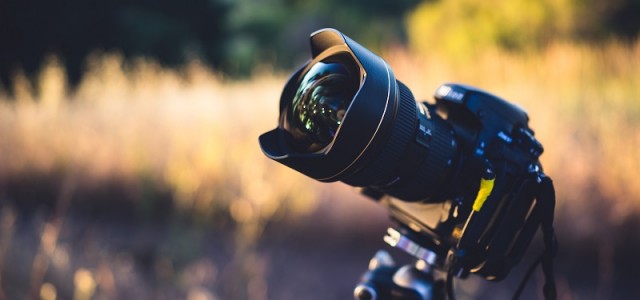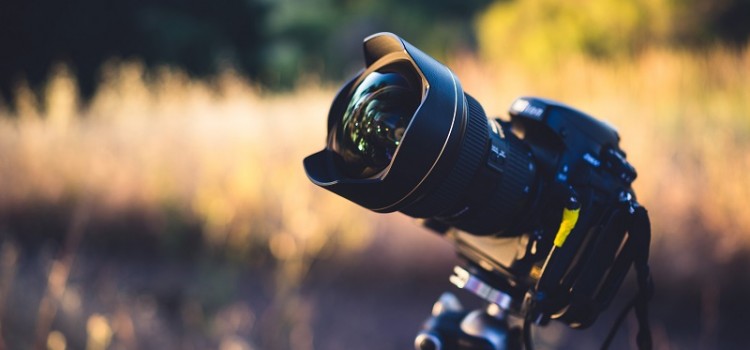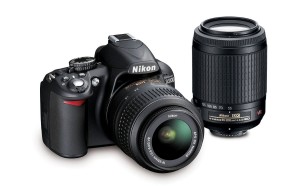

How to Buy a DSLR Camera
Passport September 20, 2015 Editorial Staff 0

A DSLR or “digital single-lens reflex” camera is a digital camera that uses a set of mirrors or a prism to direct light from the lens to the viewfinder in an almost perfect what-you-see- is-what-you-get way. With a DSLR camera, you can get faster performance and better image quality than what you’d get from even the high-end top-of-the-line point-and-shoot cameras. With it, you can also interchange lenses to suit whatever your photography needs are at the moment.
When buying a DSLR camera, there’s a wide range of things to consider. Here are some:
Sensor Size. The three most common sensor sizes are ‘Full-Frame,’ ‘APS-C’ and ‘Four-Thirds.’ The smaller sensors ‘crop’ the scene and make a lens appear to have a longer focal length. The full frame, which is the largest and most expensive format, will not have such ‘crop’ factor and will produce the best results even in very low light and at higher sensitivities. The resolution of DSLR sensors is typically measured in megapixels. The larger the sensors, the higher the megapixel ratings. A larger megapixel rating however does not always mean higher quality.
Viewfinder. Most DSLR cameras come with three basic types of viewfinders: optical viewfinder (OVF), electronic viewfinder (EVF), and an LCD screen with Live View. There are two types of OVF – the pentamirror found in entry-level cameras which uses mirrors to redirect an image and the pentaprism found in mid-range cameras which uses a glass prism instead. In the case of the EVF, an autofocus sensor is used to redirect the image. Most modern DSLR cameras, in addition to an eye-level OVF or EVF, also have a Live View that lets you preview a scene on the camera’s LCD screen.
 Interchangeable Lenses. Since you will be using different lenses for different shooting situations, you have to pay close attention to what will go in your initial set, in addition to the all-purpose zoom lens that’s typically bundled with the camera. However, DSLR lenses are designed to have manufacturer-specific electronic connection with the camera, meaning that, as a rule, you can only get lenses made by the same manufacturer that made your camera.
Interchangeable Lenses. Since you will be using different lenses for different shooting situations, you have to pay close attention to what will go in your initial set, in addition to the all-purpose zoom lens that’s typically bundled with the camera. However, DSLR lenses are designed to have manufacturer-specific electronic connection with the camera, meaning that, as a rule, you can only get lenses made by the same manufacturer that made your camera.
Stabilization Systems. Photos taken in low light or with long telephoto lenses can be ruined by blur caused by the camera moving during the exposure. Image stabilization (IS) systems are designed to counteract the motion of camera shake and reduce or eliminate the resultant blurring. There are different approaches to address image stabilization issues, of which the most commonly used is Optical IS. Here, gyroscopes in the camera or the camera’s lens are used to detect camera shake, which then signals a response to steady the path of the image as it makes its way to the camera’s sensor. Another approach is with digital stabilization, which attempts to make a picture clearer by simply changing the camera’s settings or by altering the image after it has been captured.
Other Features. DSLR cameras come in a wide range of sizes. There are also those that come with weatherproofing protection and built-in dust cleaning systems. When checking out cameras, also compare their battery life and ease of use of their menu settings.
Before buying, don’t forget about what’s ‘s important to you and what you need the new camera for. This will help narrow down your options. Once you’ve bought the camera, give it a spin and check out the results. Visit the nearest CVS Photo Center to have your pictures printed.

No comments so far.
Be first to leave comment below.